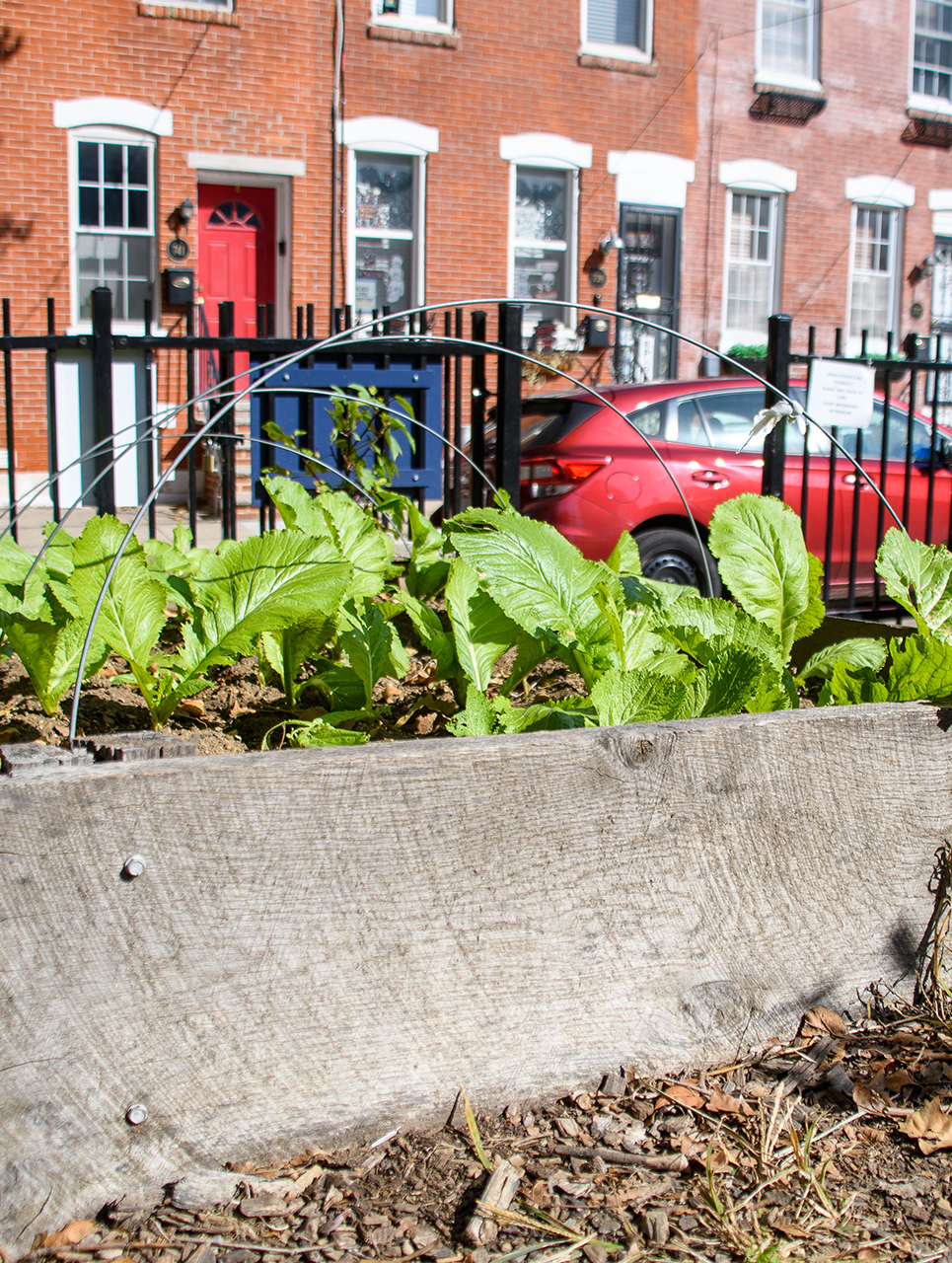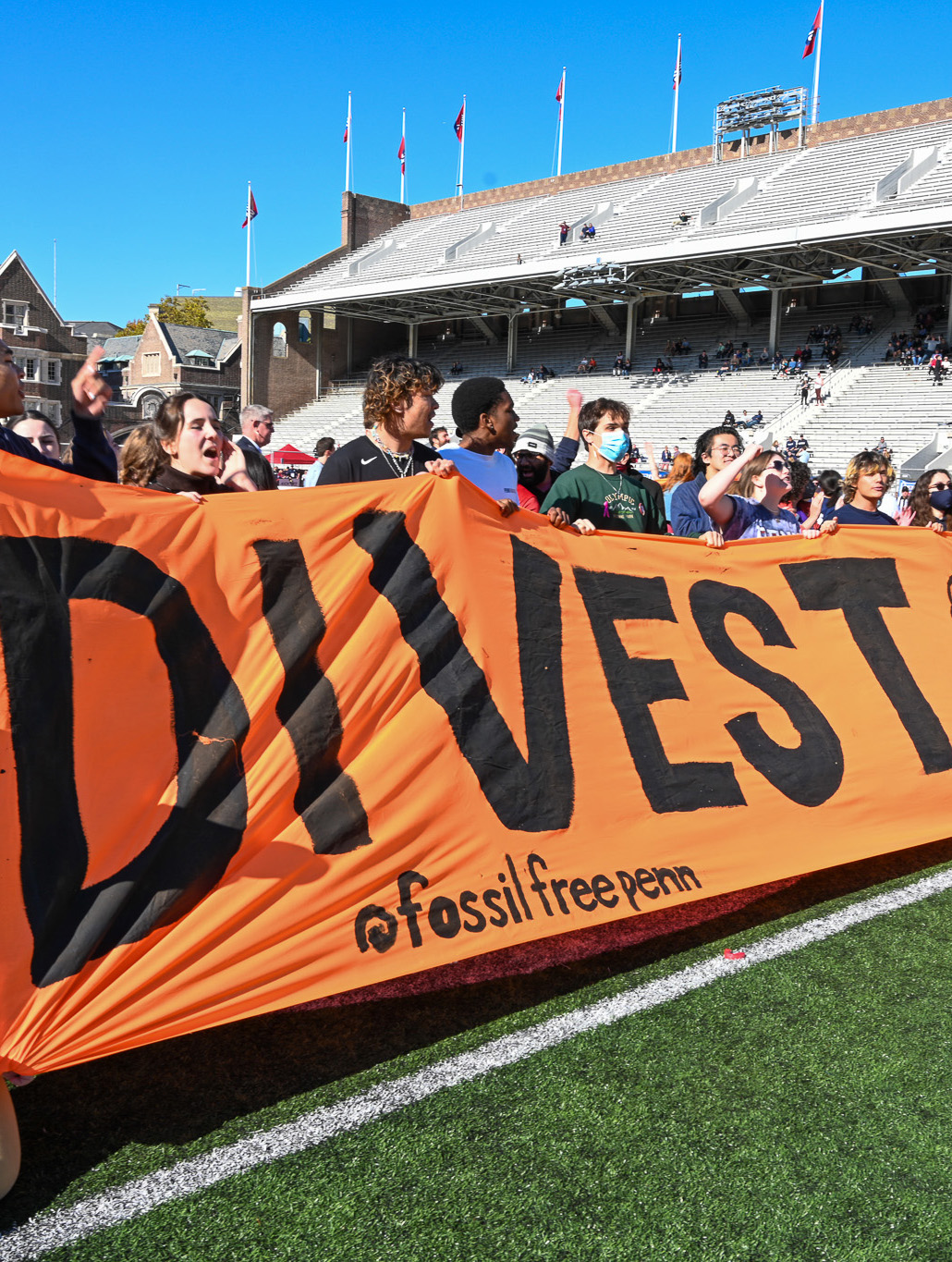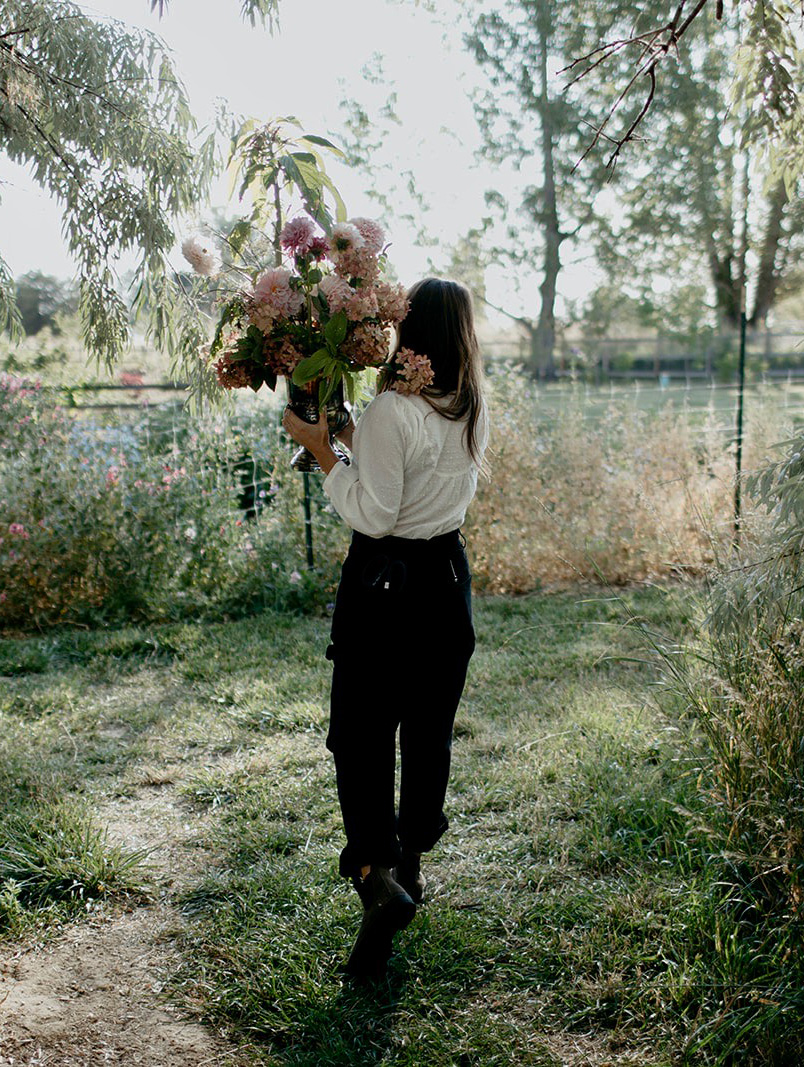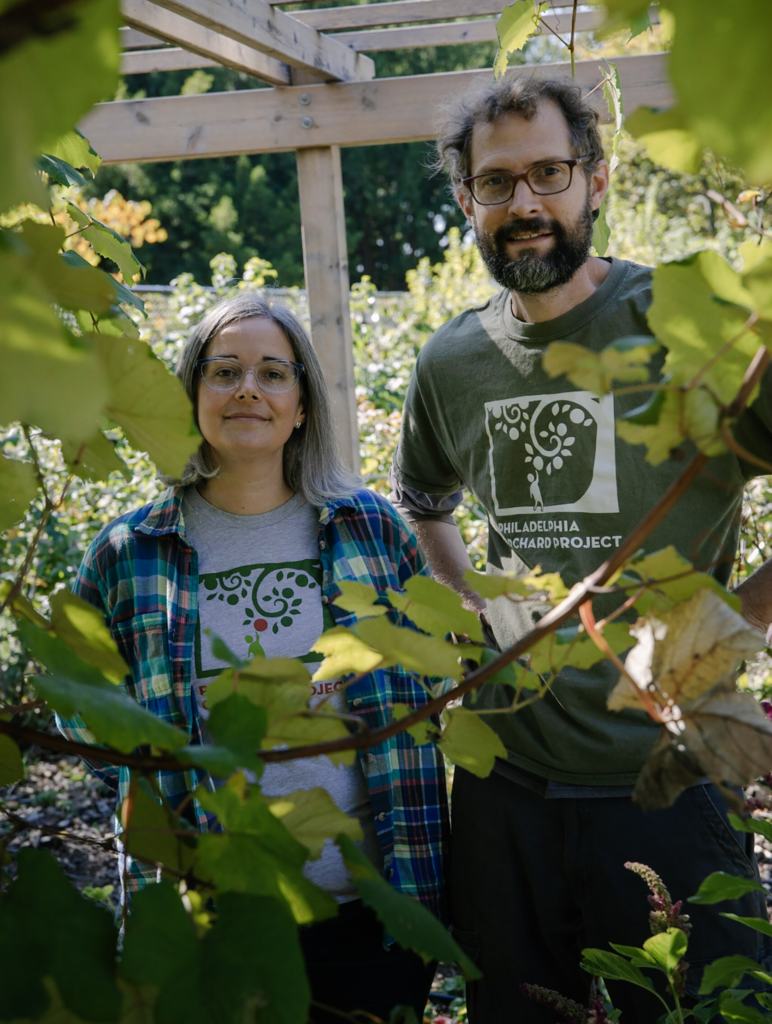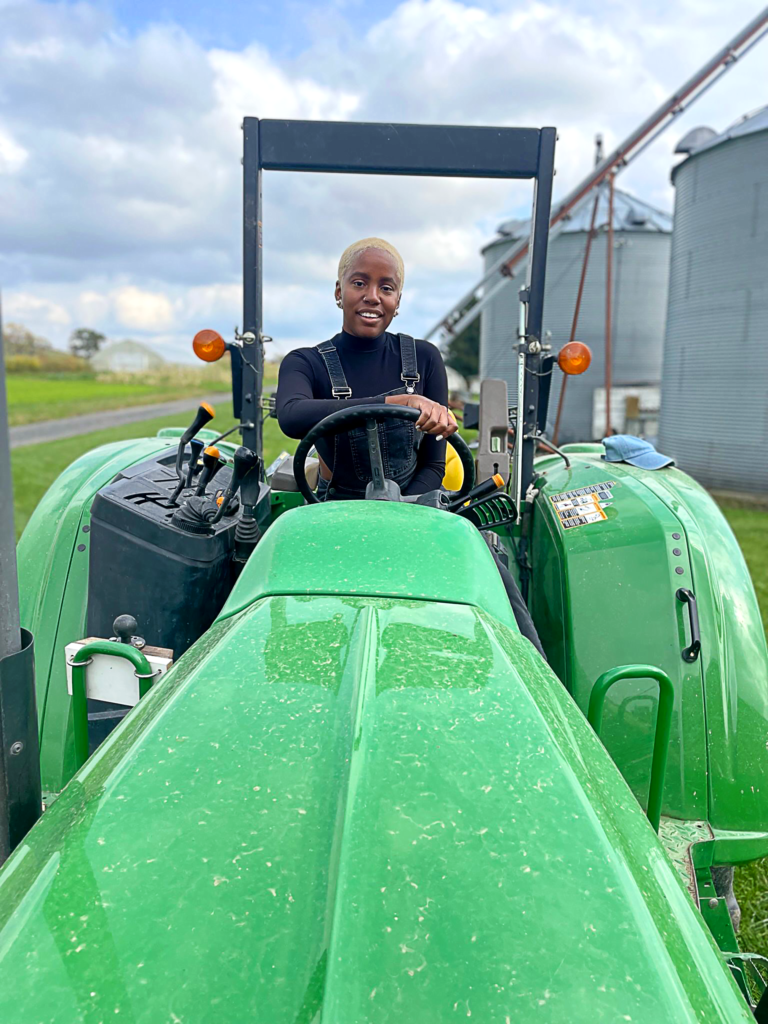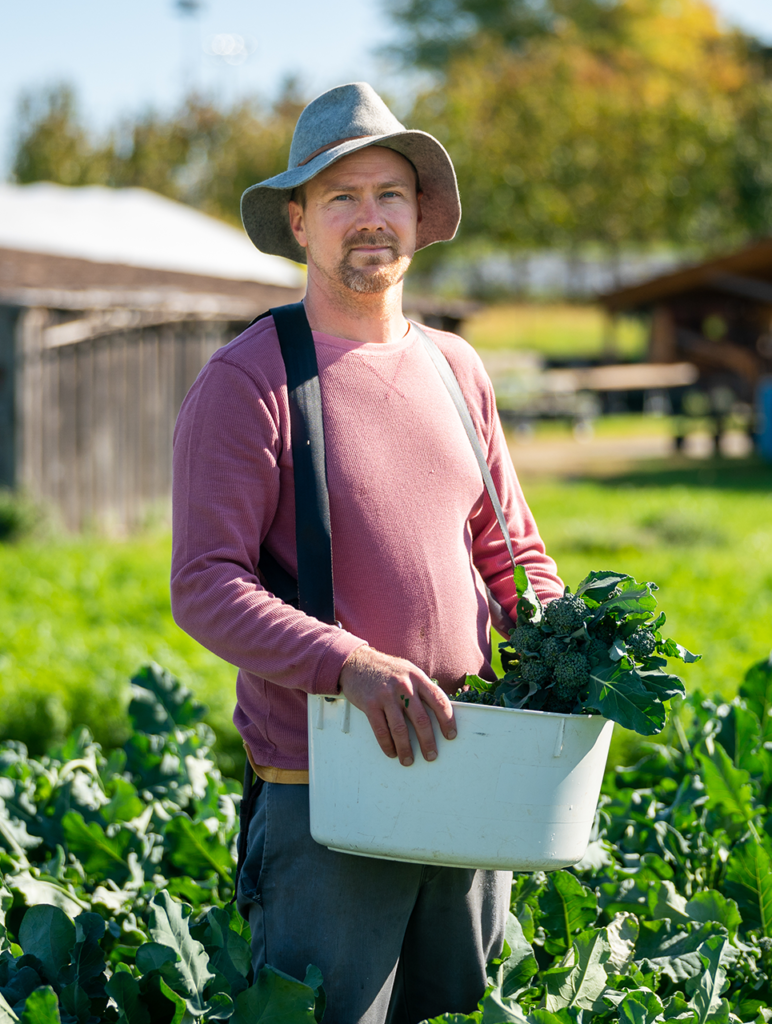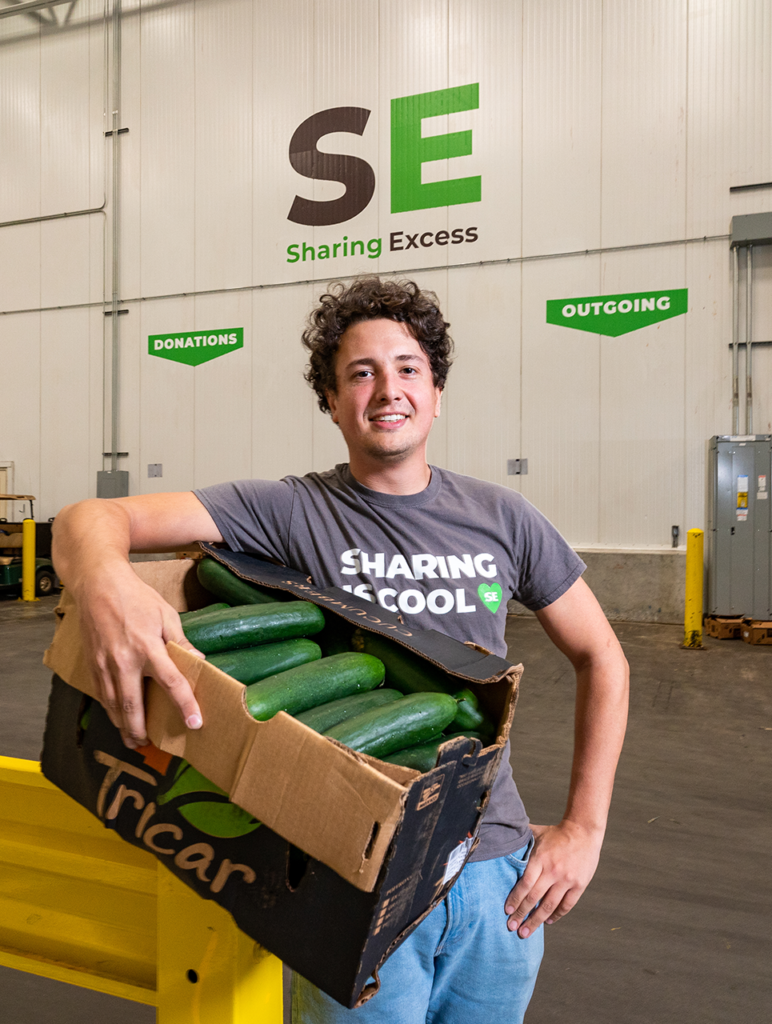Yellow chili peppers grow pointing up from the bushy plant in a raised bed at the Emily South section of the Growing Home Garden in South Philadelphia, looking a bit like a miniature tree decorated with Christmas lights.
Leafy green mustard plants sprout from a nearby bed that had apparently been turned over recently for the fall crop. Other beds feature eggplant, tomatoes, an impressive variety of chilis and roselle, a hibiscus grown for its five-pointed leaves as well as its red and pink flowers.
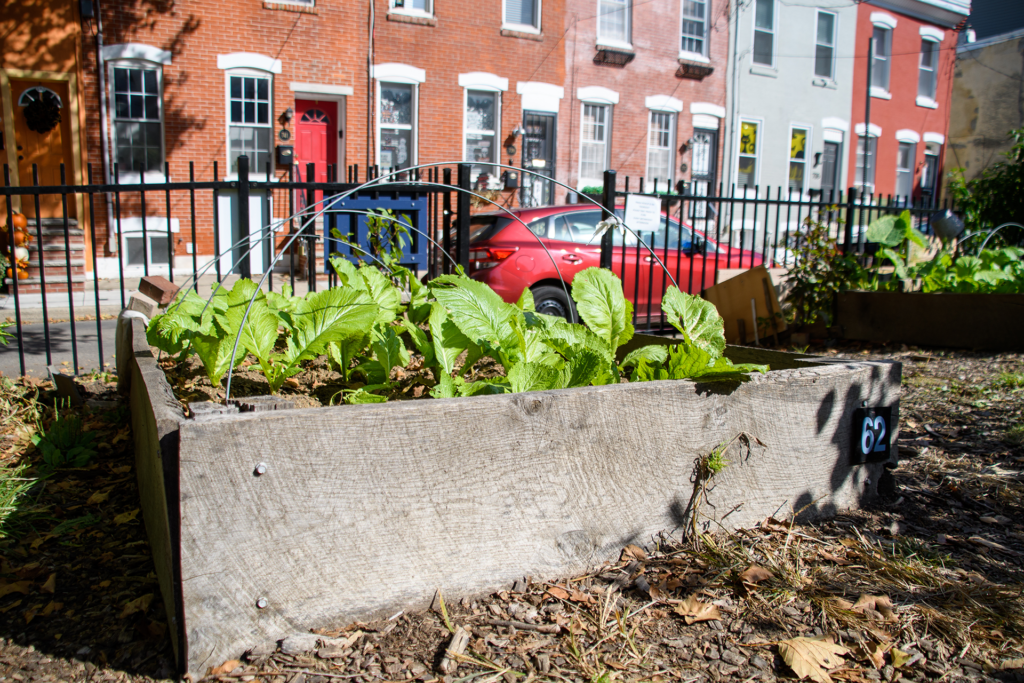
Thi Lam, deputy director of SEAMAAC, the organization that manages the Growing Home Garden, which occupies three sites with 112 plots on Emily and Mercy streets, explained that many of the varieties grown by the mostly immigrant gardeners are expensive or not available at local markets.
Naw Doh, who has been active as a translator and liaison for the Karen community at the garden, described roselle as one of her favorite plants to grow, along with pumpkins, which she grows for the shoots as well as the immature fruit.
“I am a country girl,” Doh says when asked why she gardens. Like many of her fellow refugee gardeners, she grew up in a rural area where her family subsisted by farming. Growing crops in Philadelphia took some getting used to, she says. “We needed to learn many things for the United States. We have to forecast the weather to know when to plant. We had to learn how much space for each plant, in a small space. In our country we had a lot more space.”

Refugees and other immigrants to Philadelphia have long found community and cultural expression in gardening, from Italian-Americans growing fig trees in tiny South Philly back yards, to contemporary community gardens like Growing Home that focus on Asian refugee communities.
The Karen community comes from Burma, where oppression stemming from a decades-long conflict with the government of Myanmar (the country’s official name) has forced many to flee, including tens of thousands who have come to the United States as refugees.
People love to see the plants of our country.”
naw doh, Growing Home Garden translator and community liaison
Doh says that the refugee farmers were able to order some seeds from Thailand, but she also traveled across the United States to source familiar varieties of plants from other Karen communities in Ohio, Texas, New York, Minnesota and North Carolina. “People love to see the plants of our country,” she says. “The Karen people had to flee, had to go through a lot, through jungles, but wherever they went, they carried the seeds. We love to save our traditional seeds.”
“The Growing Home Garden really seeks to support immigrants in the community of the southeast Philadelphia area to grow their own heritage seeds,” SEAMAAC CEO Thoai Nguyen says. According to Nguyen, about 45% of the gardeners are from Karen and other communities from Burma, about 35% are ethnic Nepalese refugees from Bhutan, and the rest are a mix of other ethnicities.
The Nationalities Service Center (NSC), a refugee-serving organization, launched the Growing Home Garden with support from the Pennsylvania Horticultural Society (PHS) in 2011, inspired by refugees looking to garden in their new city. In 2015 NSC launched a garden called Growing Together in Point Breeze in partnership with PHS and the nearby Church of the Redeemer Baptist.
In 2017 NSC approached SEAMAAC about taking over Growing Home. In 2020 SEAMAAC worked with the Neighborhood Gardens Trust to preserve the gardens. “Before that there was always a worry the City would sell the spot to a developer and the community would lose those gardens,” Nguyen says.
Along with Growing Home, Karen gardeners also found a home at the Novick Urban Farm in South Philadelphia, located next to the headquarters of the Novick Corporation, which specializes in providing food to childcare centers. The farm was initially created as an educational setting for children attending the centers served by the business. In 2012 the Novick farm managers saw the opportunity to collaborate with the Karen community, many members of which were experienced farmers. “Many refugees came to Philadelphia. They are agricultural. They are farmers,” Doh says. Having come to Philadelphia around 2010, “they have energy and were trying to look for space.”
According to Doh, at Novick five community members work for a small stipend, but several others volunteer at the farm, which sells much of its produce at the Mifflin Square farmers market.
Justin Trezza, the director of garden programs at PHS, pointed out in an email to Grid that gardens that started with a refugee focus have broadened their base in the last decade. “Even [Growing Home and Growing Together] are evolving in that what was once a garden solely for refugees/asylum seekers/newcomers [is] now also engaging longtime residents to help break barriers and ensure a more integrated community.”
The Growing Together Garden has seen an increasing share of its beds gardened by non-refugee residents of the Point Breeze neighborhood, according to Barbara Brown-Seaborn, the garden manager for the Church of the Redeemer Baptist, which took over garden management from NSC in 2020. Out of 479 beds, about 60 are tended by refugee families.
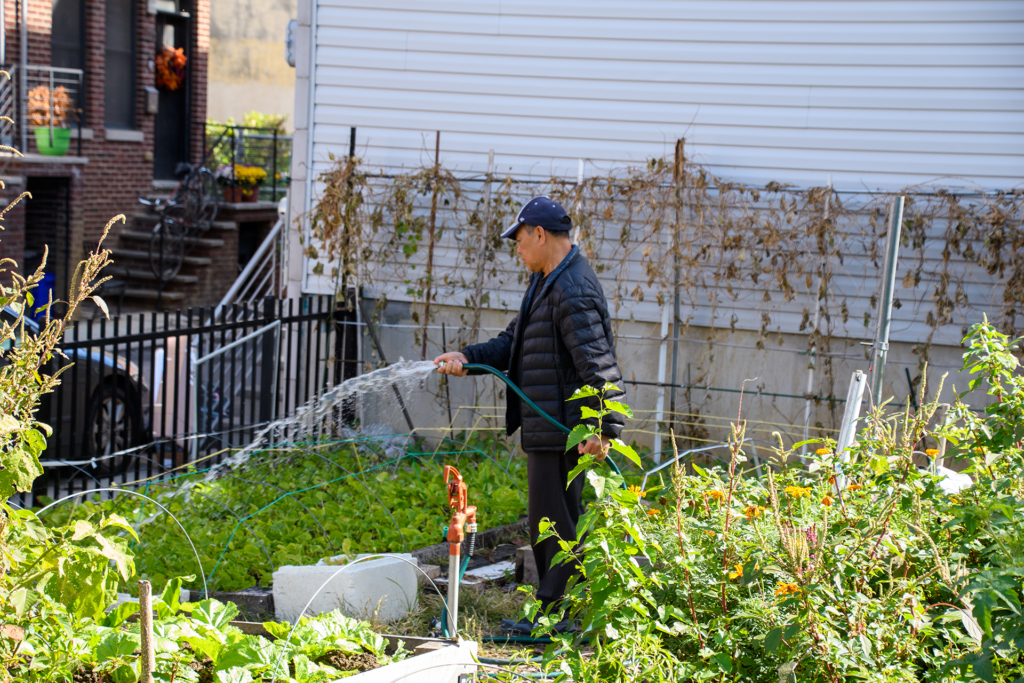
Despite the value these gardens provide, SEAMAAC’s Nguyen says he has not yet seen refugee gardening work into City welcoming plans. “The City is not doing anything proactively to think about urban agriculture, especially in light of needs identified in the pandemic,” he said, pointing to the example of FDR Park, where the master plan for the park’s renovation includes 12 synthetic turf playing fields but no space for gardens.
General city support for community gardening has reached Growing Home and Growing Together. This has included materials such as compost and wood chips as well as labor from teams of PowerCorpsPHL members, who have helped build beds, according to Mayor’s Office spokesperson Sarah Peterson, who responded to Grid’s request for comment by email.
Peterson also pointed to the planning process for the City’s yet-to-be-released urban agriculture plan. “The public engagement process for the plan was inclusive of Philadelphia’s immigrant and refugee communities and prioritized the experiences of disinvested communities who are on the frontlines of food insecurity by creating a more accessible engagement process.” It is unclear how the needs of these communities will be represented in the final plan

